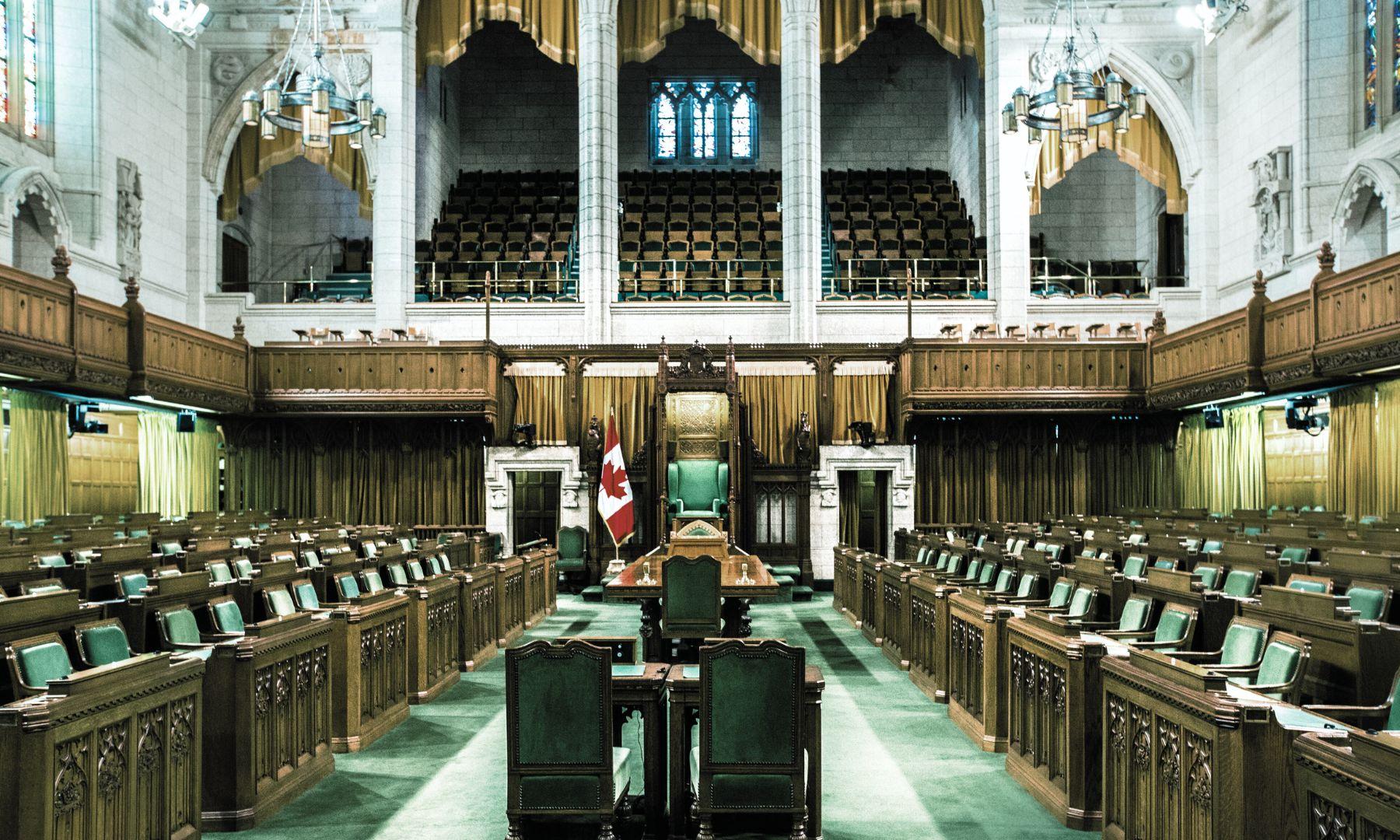Most parents want their children to have an excellent education. The Fraser Institute (FI) taps into this concern with their much ballyhooed “Report Card.” This manipulation of public opinion is meant to undermine confidence in public education. It doesn’t help schools serve our kids.
The FI claims that its ranking of the province’s secondary schools allows parents to “see how their school compares with others and use the information to make choices for their children.” But what is being measured and how insightful is the information?
Quality in education is a complicated issue. Good schools have good academic and good vocational programs; they support students with many different needs, aspirations, and cultures; they teach respect, self confidence, good citizenship, creativity and good humour. The research shows that parents want schools that provide a positive and supportive environment for their kids, where they can learn and grow as people, not as test-taking machines.
The FI wants to turn the debate about quality into one about test scores. Their simplistic ranking system tells us who takes the most Grade 12 exams and how well they do. But these results are not indicators of the quality of our schools unless they are part of a much bigger picture.
Educational research tells us that students from wealthy families and those whose parents have high academic expectations perform better on exams. Final exam scores are also dependent on the programs offered at different schools, and on a content driven style of teaching in senior academic subjects (“teaching to the test”). The Fraser Institute’s Report Card doesn’t capture teaching in the junior high school grades, or in non-examinable subjects. Schools with enriched academic programs will do well; those with excellent programs for students with special needs will not.
The FI rankings are hurtful to students, schools, and communities, and encourage cheating rather than constructive change. As reported in the December issue of BC Business, the principal of the lowest ranked school in 1999–Salmo Secondary in the unemployment-plagued West Kootenays, ranked 262nd out of 262 schools–planned to do everything possible to improve his school’s standing and his community’s esteem this year. In the article principal Mike McIndoe “says the ranking system is plain wrong, not to mention statistically flawed–and that it is the height of unfairness to compare his admittedly weak graduating class of 37 students with that of schools such as Prince of Wales Secondary [in Vancouver’s affluent west side], with nearly 300 Grade 12s.”
McIndoe vowed that this year he would be trying as hard as he could to manipulate the statistics. How would he do this? “Now, if a student comes in here and I’m not convinced that they’re going to graduate, if there’s any doubt in my mind, I will not register them as Grade 12, even though they may be Grade 12s.” This year, Salmo Secondary placed much higher in the “overall academic ranking” of BC’s public and private secondary schools (223rd out of 271), and its ratings jump from 1.2 to 4.6 out of 10 rivals that of FI’s so-called “most improved schools.” Clearly, this case casts a shadow of doubt on the entire ranking process.
The Fraser Institute’s ranking does not help parents make choices and it doesn’t improve schooling. Under the current system, most parents send their children to neighbourhood schools, or to one of a number of alternative public schools. They need information about programs and school philosophy, but this is not what the FI has in mind. Rather, as made very clear in the Institute’s leaked “Five Year Plan,” the FI has private, for-profit options in mind. And, when it comes to private schooling, the only parents who exercise choice are those who can afford to do so.
Good exam results are a positive thing for a school. But focusing only on exam results is destructive of many of the efforts underway to really improve and understand schools. Let’s have more coverage and discussion of schooling that takes a holistic and contextual approach, that takes into account neighbourhood, program, school goals, youth culture, and family background; and that encourages parents, teachers and the public to discuss what is happening in classrooms, how to think about it, and how to make it better.


